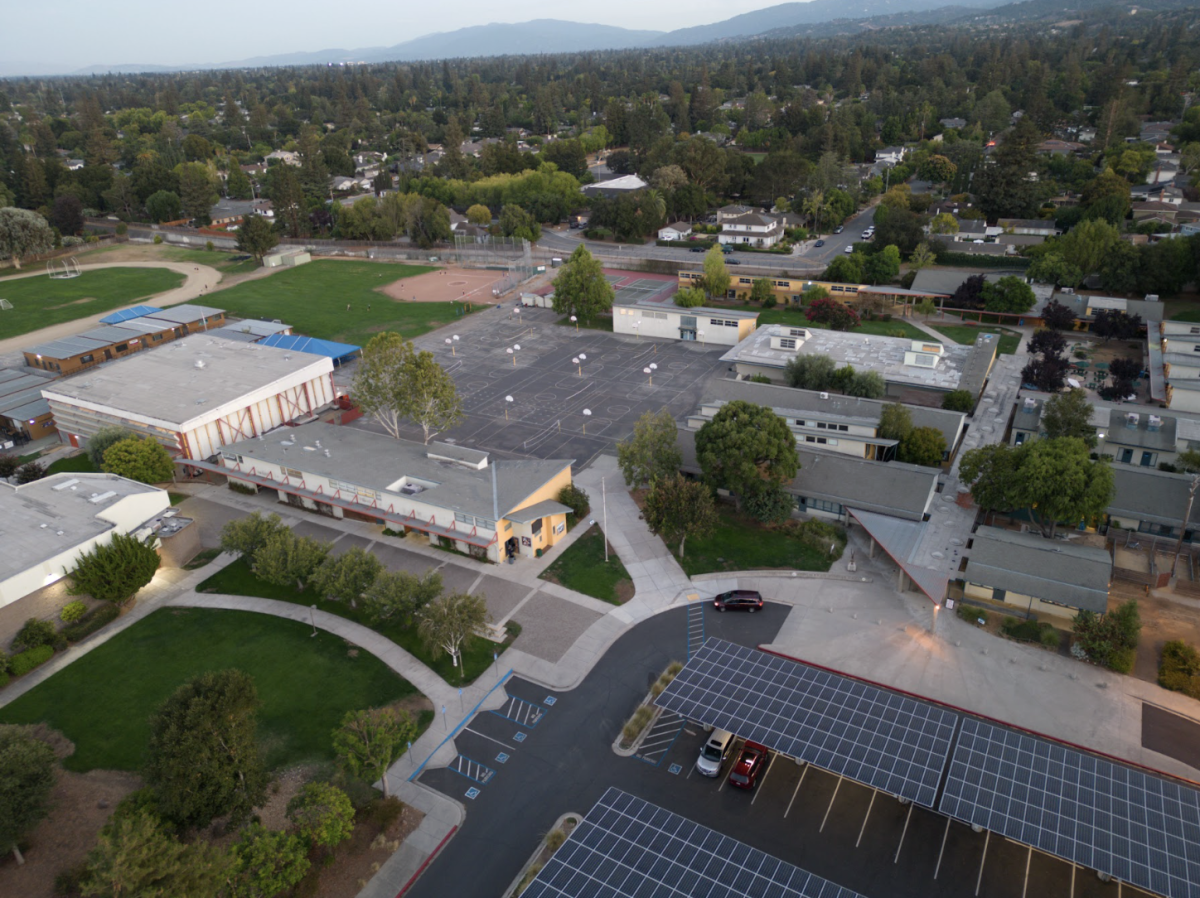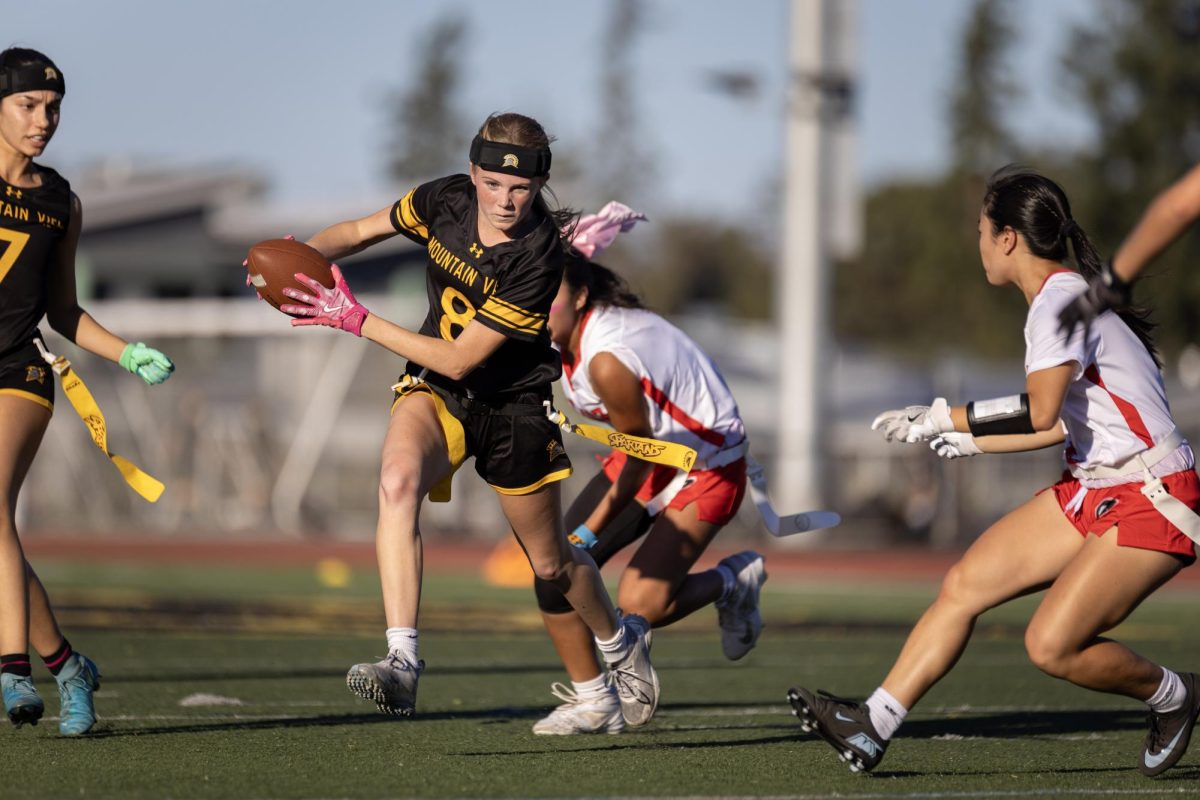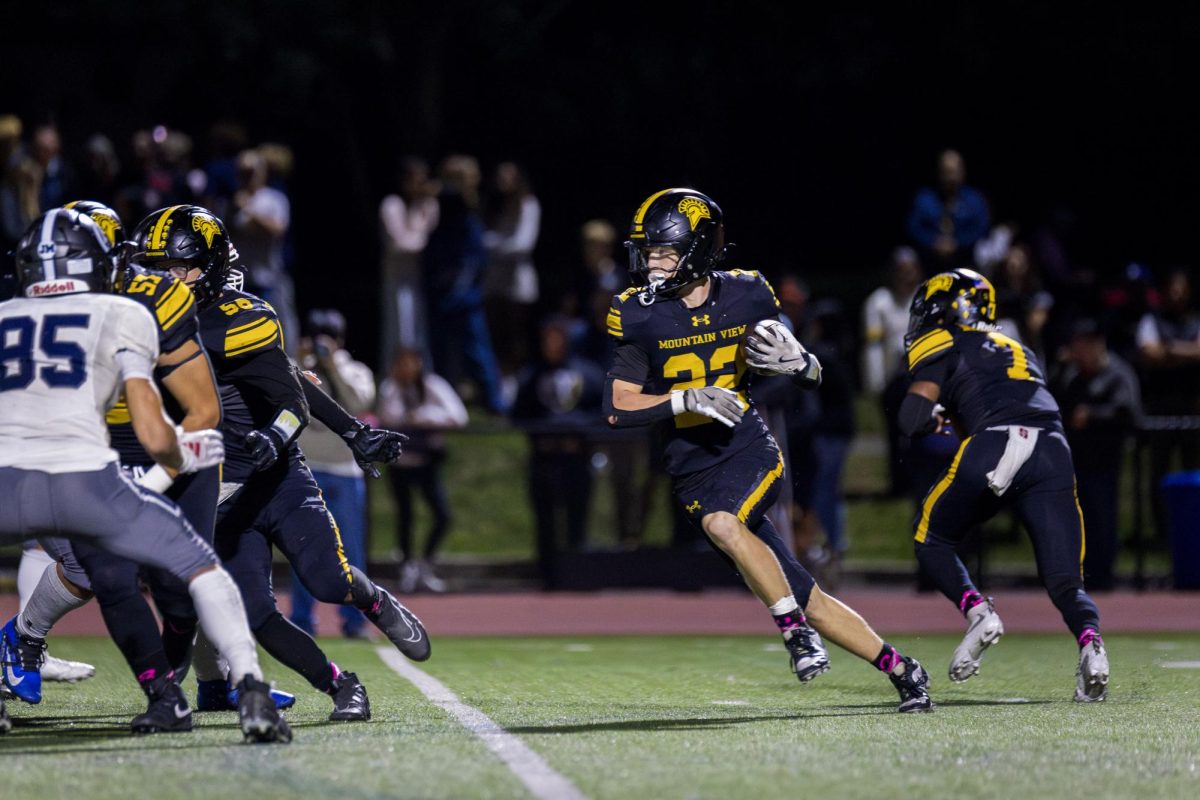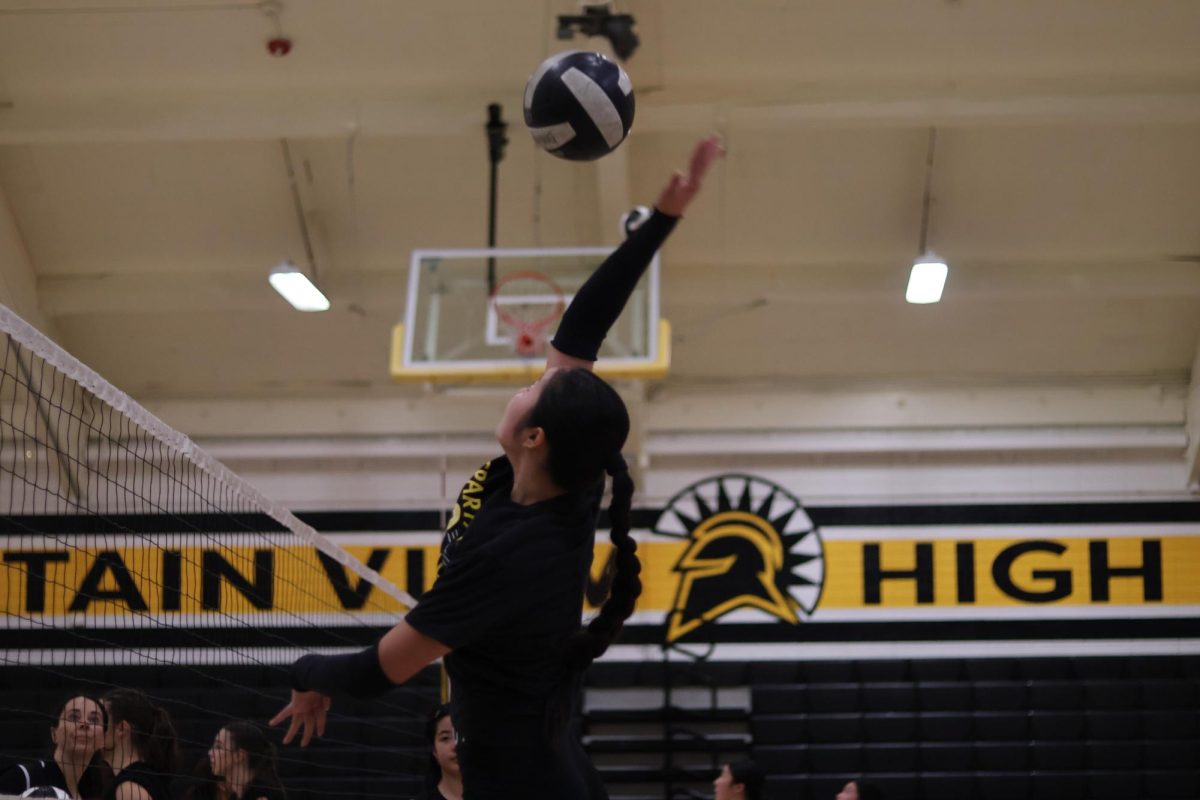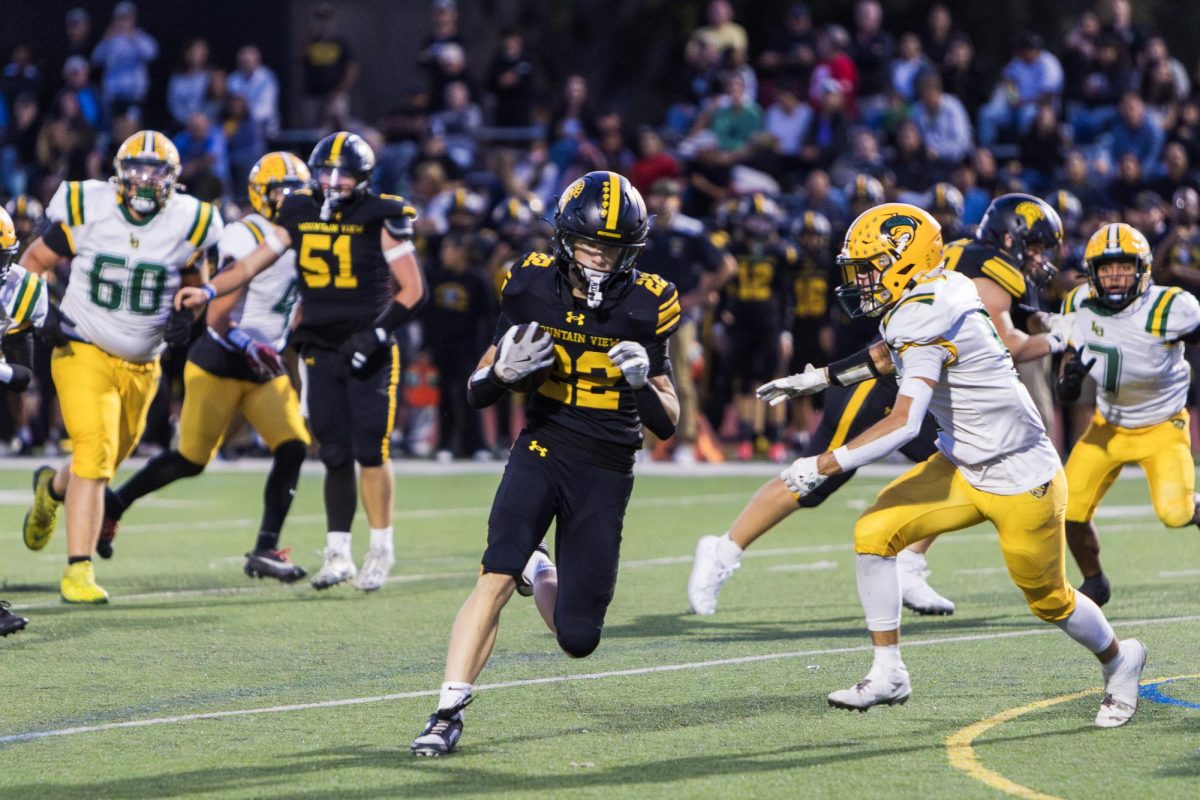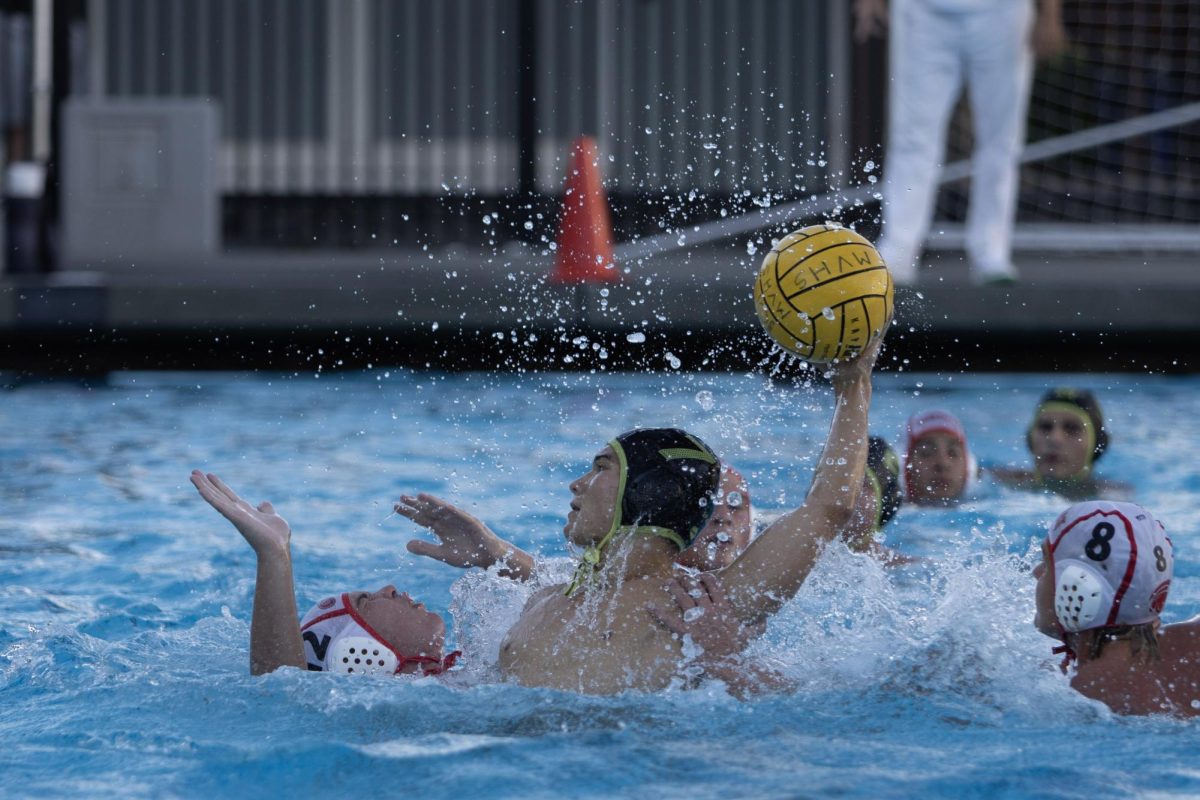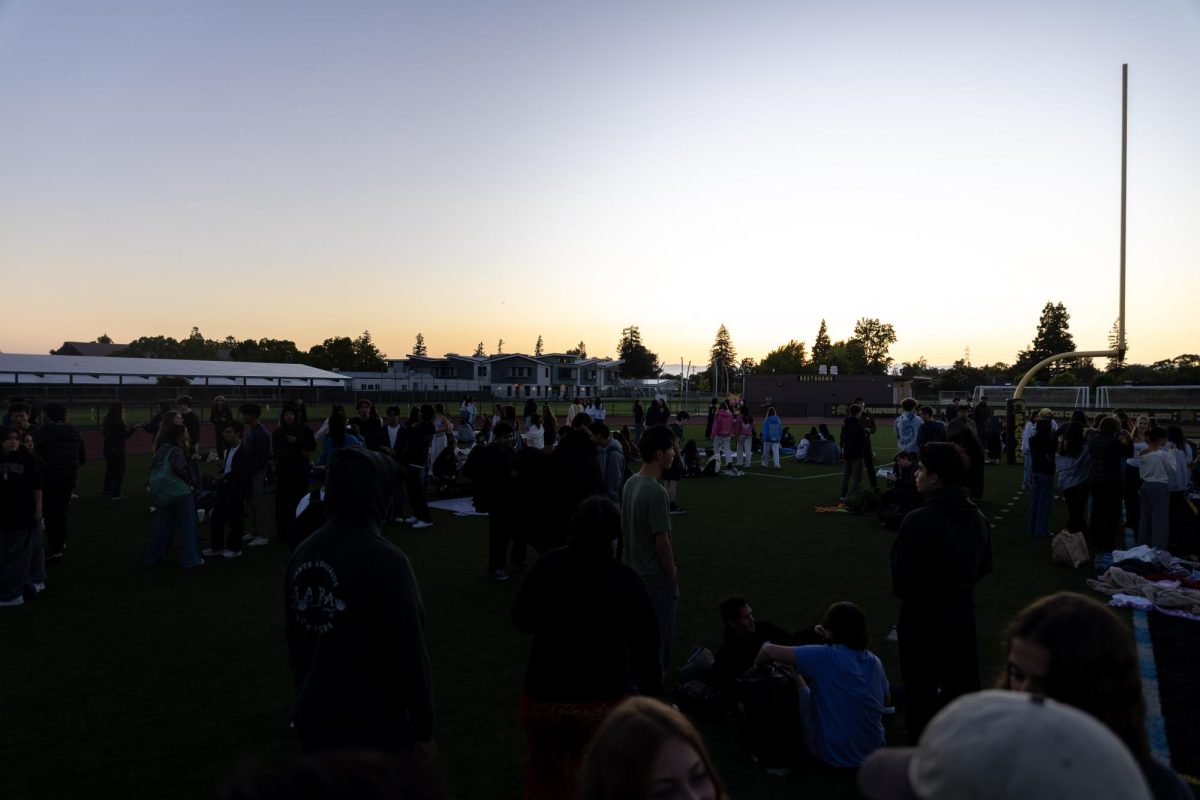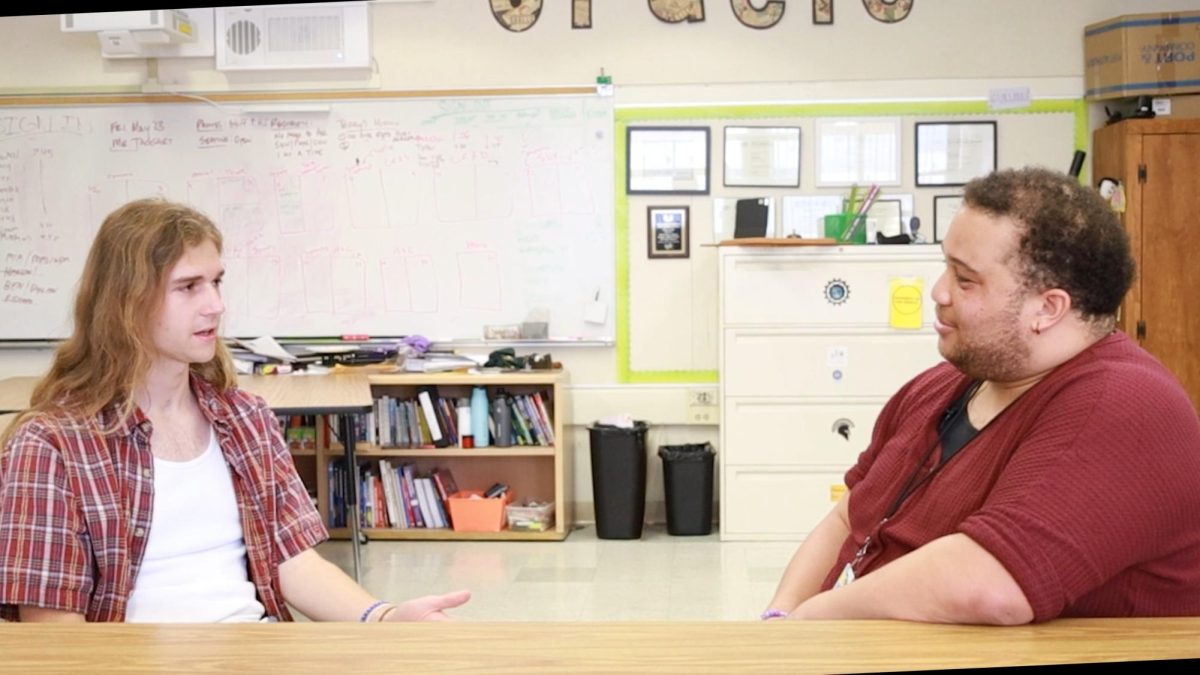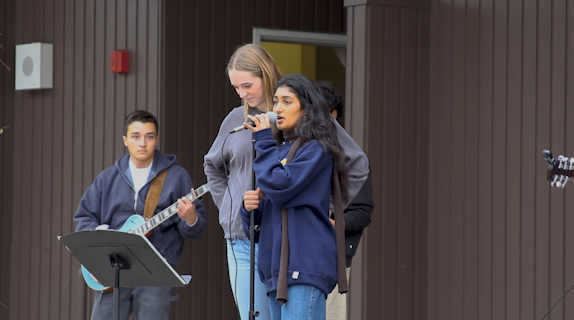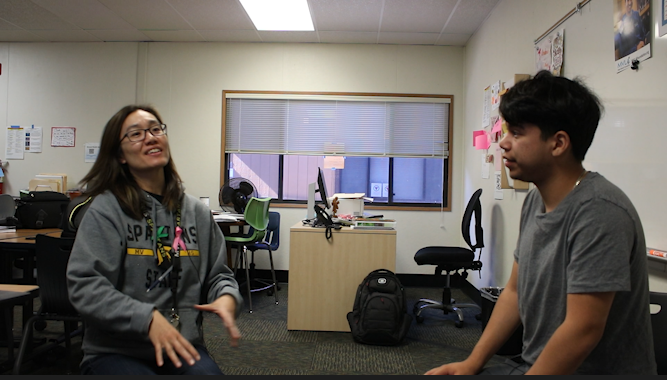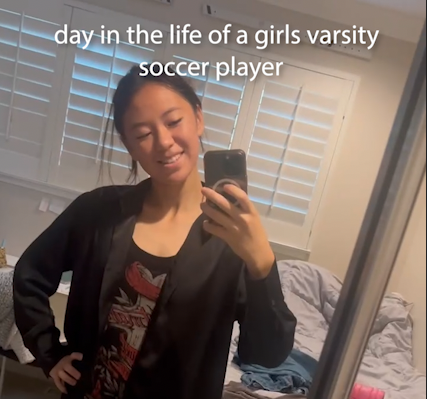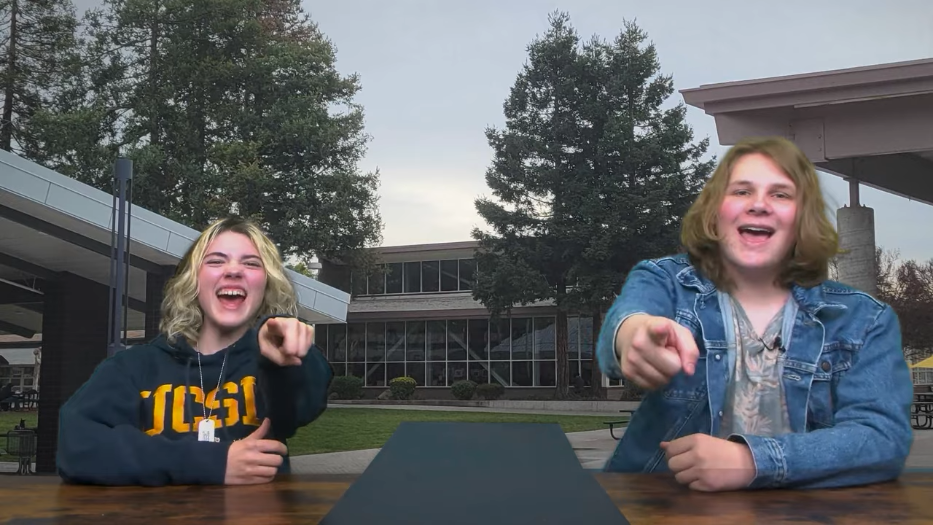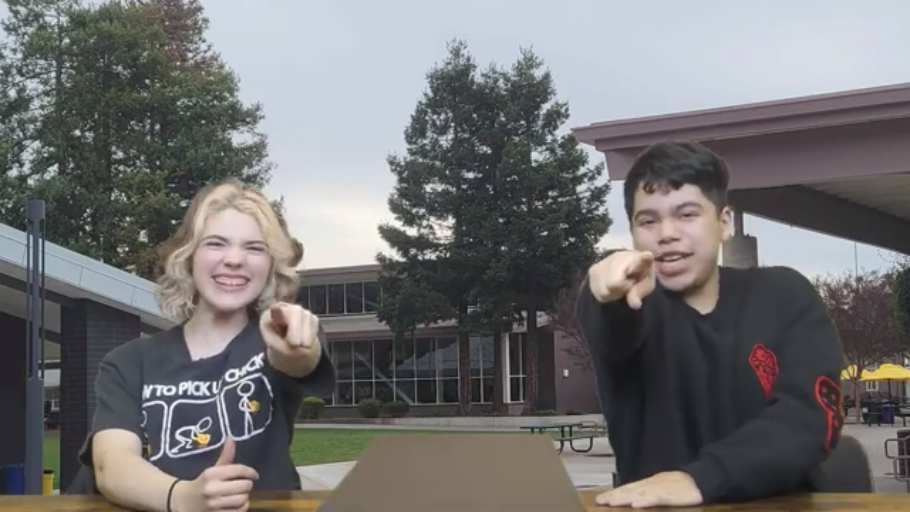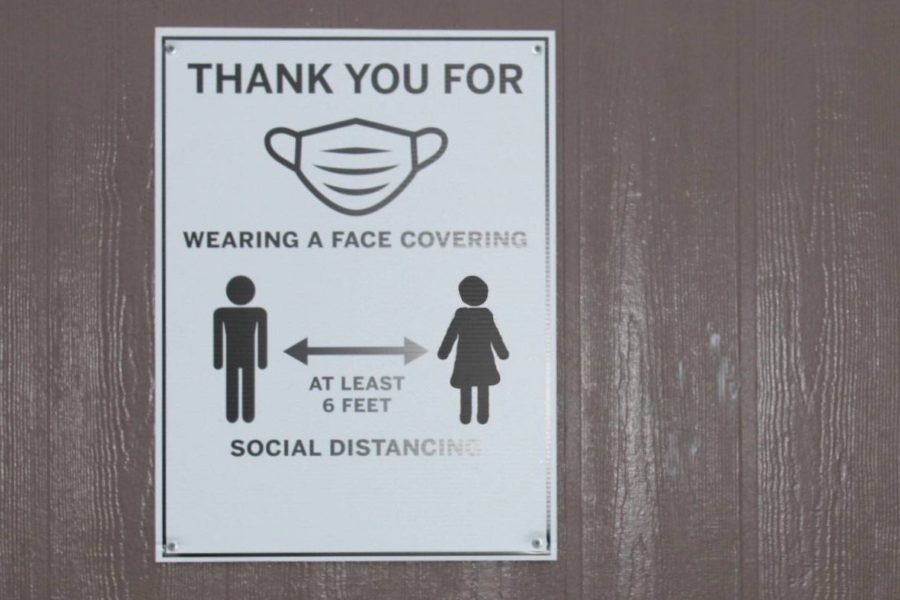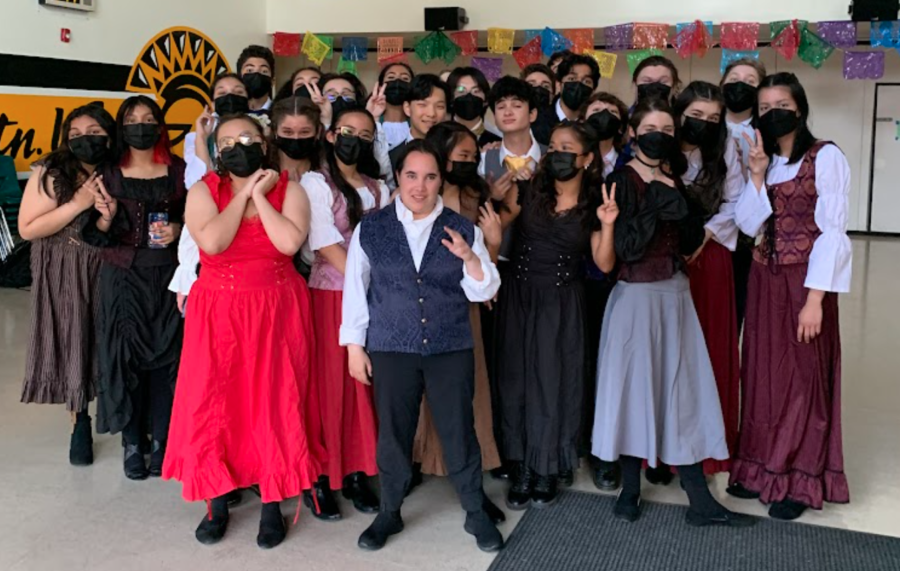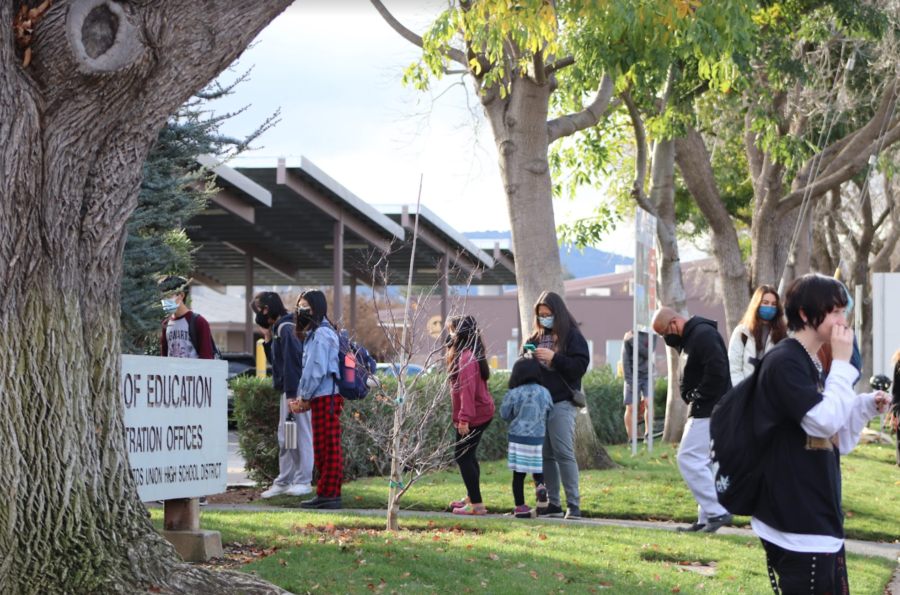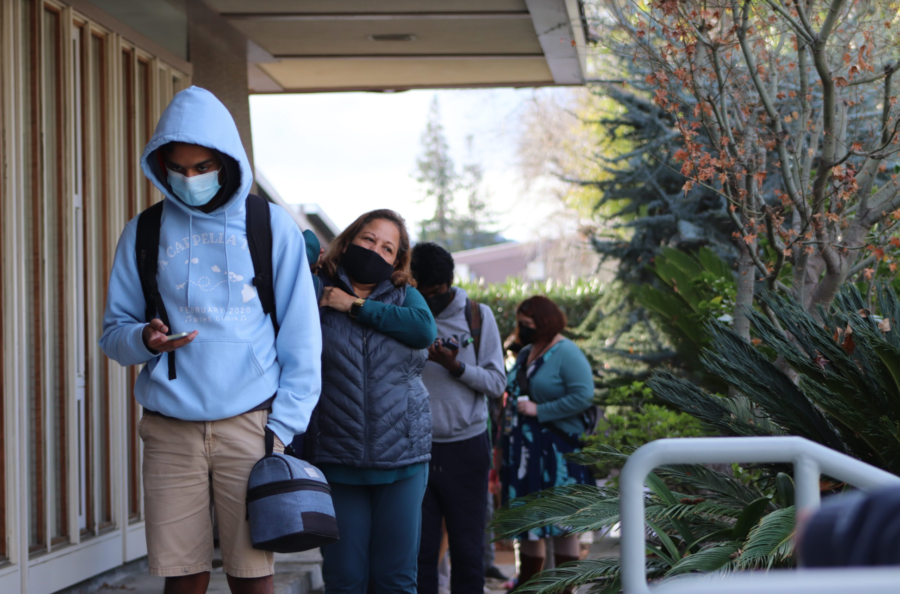Walking onto campus, reminders for social distancing and handwashing scatter the ground and walls, and plexiglass panels shield the entrances of the main offices. Indoors, each room has a multitude of hand sanitizer bottles, and MERV-13 filtration systems and carbon dioxide detectors are being installed to ensure maximum virus-free airflow.
These multifaceted precautions prepare the district to move forward with its phased approach to a safe campus reopening as soon as the county reenters the red tier, according to Distance Learning Coordinator Teri Faught.
When the county reenters the red tier and remains in it for two consecutive weeks, academically-supervised cohorts similar to the ones brought on campus last semester will continue to expand, according to Faught. These cohorts will not be instructional-based and will primarily be supervised by classified staff and substitute teachers.
The students prioritized for on campus return are those who are experiencing internet challenges at home, or were not attending class altogether.
Subject-specific cohorts, such as the Special Education and AVID programs, will be prioritized for return as well.
I tend to not want to try to predict… Instead, I want to try to be prepared for all possibilities.
The district is also planning to bring back extracurriculars and specialty classes in person, namely performing arts classes, club meetings, senior activities, freshman socials, and athletics.
“There’s quite a variety that we want to be able to start when we roll out… we wouldn’t necessarily start with one before. We would just plan on starting the implementation when we’re able to go red, and we have the staffing in the students to do so,” Faught said.
Reentrance into the orange tier calls for the possibility of a hybrid learning model. According to Faught, details on which colored tier this model will be implemented under, along with which instructional method will be used have not been fully determined. However, one possibility of instruction under the hybrid model is “simultaneous teaching,” in which some students will Zoom in to class from home while others attend the same class in-person.
Faught said she hopes that if vaccine distributions go accordingly in the next couple of months, the county will land in a stable orange or yellow tier position by springtime. However, at large, the schedule for in-person return remains uncertain.
“I tend to not want to try to predict,” said Faught. “Instead, I want to try to be prepared for all possibilities.”


